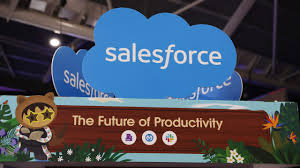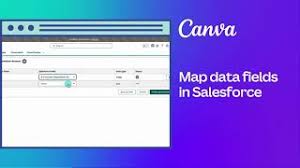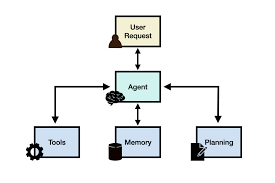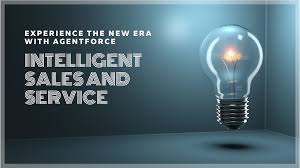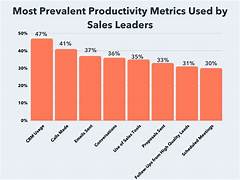Growing Energy Consumption in Generative AI
Growing Energy Consumption in Generative AI, but ROI Impact Remains Unclear The rising energy costs associated with generative AI aren’t always central in enterprise financial considerations, yet experts suggest IT leaders should take note. Building a business case for generative AI involves both obvious and hidden expenses. Licensing fees for large language models (LLMs) and SaaS subscriptions are visible expenses, but less apparent costs include data preparation, cloud infrastructure upgrades, and managing organizational change. Growing Energy Consumption in Generative AI. One under-the-radar cost is the energy required by generative AI. Training LLMs demands vast computing power, and even routine AI tasks like answering user queries or generating images consume energy. These intensive processes require robust cooling systems in data centers, adding to energy use. While energy costs haven’t been a focus for GenAI adopters, growing awareness has prompted the International Energy Agency (IEA) to predict a doubling of data center electricity consumption by 2026, attributing much of the increase to AI. Goldman Sachs echoed these concerns, projecting data center power consumption to more than double by 2030. For now, generative AI’s anticipated benefits outweigh energy cost concerns for most enterprises, with hyperscalers like Google bearing the brunt of these costs. Google recently reported a 13% increase in greenhouse gas emissions, citing AI as a major contributor and suggesting that reducing emissions might become more challenging with AI’s continued growth. Growing Energy Consumption in Generative AI While not a barrier to adoption, energy costs play into generative AI’s long-term viability, noted Scott Likens, global AI engineering leader at PwC, emphasizing that “there’s energy being used — you don’t take it for granted.” Energy Costs and Enterprise Adoption Generative AI users might not see a line item for energy costs, yet these are embedded in fees. Ryan Gross of Caylent points out that the costs are mainly tied to model training and inferencing, with each model query, though individually minor, adding up over time. These expenses are often spread across the customer base, as companies pay for generative AI access through a licensing model. A PwC sustainability study showed that GenAI power costs, particularly from model training, are distributed among licensees. Token-based pricing for LLM usage also reflects inferencing costs, though these charges have decreased. Likens noted that the largest expenses still come from infrastructure and data management rather than energy. Potential Efficiency Gains Though energy isn’t a primary consideration, enterprises could reduce consumption indirectly through technological advancements. Newer, more cost-efficient models like OpenAI’s GPT-4o mini are 60% less expensive per token than prior versions, enabling organizations to deploy GenAI on a larger scale while keeping costs lower. Small, fine-tuned models can be used to address latency and lower energy consumption, part of a “multimodel” approach that can provide different accuracy and latency levels with varying energy demands. Agentic AI also offers opportunities for cost and energy savings. By breaking down tasks and routing them through specialized models, companies can minimize latency and reduce power usage. According to Likens, using agentic architecture could cut costs and consumption, particularly when tasks are routed to more efficient models. Rising Data Center Energy Needs While enterprises may feel shielded from direct energy costs, data centers bear the growing power demand. Cooling solutions are evolving, with liquid cooling systems becoming more prevalent for AI workloads. As data centers face the “AI growth cycle,” the demand for energy-efficient cooling solutions has fueled a resurgence in thermal management investment. Liquid cooling, being more efficient than air cooling, is gaining traction due to the power demands of AI and high-performance computing. IDTechEx projects that data center liquid cooling revenue could exceed $50 billion by 2035. Meanwhile, data centers are exploring nuclear power, with AWS, Google, and Microsoft among those considering nuclear energy as a sustainable solution to meet AI’s power demands. Future ROI Considerations While enterprises remain shielded from the full energy costs of generative AI, careful model selection and architectural choices could help curb consumption. PwC, for instance, factors in the “carbon impact” as part of its GenAI deployment strategy, recognizing that energy considerations are now a part of the generative AI value proposition. As organizations increasingly factor sustainability into their tech decisions, energy efficiency might soon play a larger role in generative AI ROI calculations. Like Related Posts Salesforce OEM AppExchange Expanding its reach beyond CRM, Salesforce.com has launched a new service called AppExchange OEM Edition, aimed at non-CRM service providers. Read more The Salesforce Story In Marc Benioff’s own words How did salesforce.com grow from a start up in a rented apartment into the world’s Read more Salesforce Jigsaw Salesforce.com, a prominent figure in cloud computing, has finalized a deal to acquire Jigsaw, a wiki-style business contact database, for Read more Service Cloud with AI-Driven Intelligence Salesforce Enhances Service Cloud with AI-Driven Intelligence Engine Data science and analytics are rapidly becoming standard features in enterprise applications, Read more


